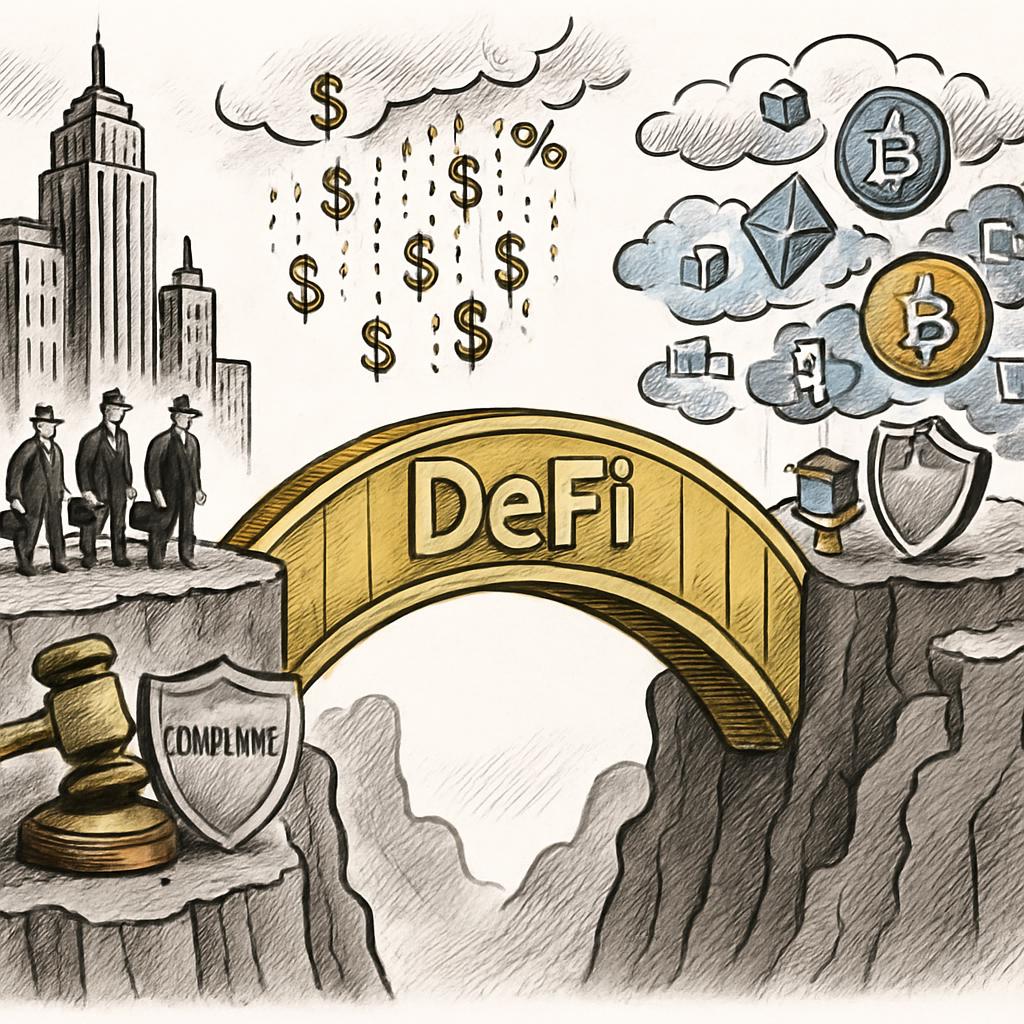For years, traditional finance circles dismissed decentralized finance, or DeFi, as little more than a speculative casino that was frivolous and potentially destabilizing. That perception is changing rapidly. Hedge funds are experimenting with on-chain liquidity pools, major asset managers are piloting blockchain settlement, and digital asset treasury companies are turning to DeFi to generate yield and return value to investors. Wall Street’s interest is no longer hypothetical, with institutional exposure to DeFi currently estimated at about $41 billion. EY estimates that 74% of institutions will engage with DeFi in the next two years.
This reflects a broader trend as traditional financial institutions begin viewing DeFi not as a risky frontier, but as programmable infrastructure that could modernize markets. The appeal is twofold: yield generation through native staking rewards, tokenized Treasuries, and on-chain liquidity strategies that turn idle capital into productive assets, and efficiency gains through real-time settlement, provable solvency, and automated compliance built directly into code.
Yet enthusiasm alone will not bring DeFi into the financial mainstream. For institutions to participate at scale and for regulators to get comfortable, the rules of engagement must evolve. The challenge is not to retrofit DeFi into legacy categories, but to recognize its distinctive strengths of programmable yield, compliance enforced in code, and real-time settlement systems.
For institutional investors, the most direct attraction is yield. In a low-margin environment, generating incremental returns matters significantly. A custodian might channel client assets into programmable contracts that deliver staking rewards or on-chain liquidity strategies.
Автор
- Web |
- More Posts(278)
